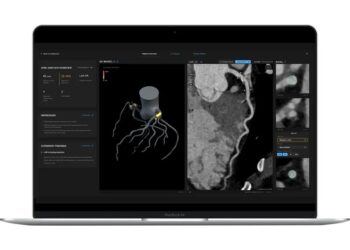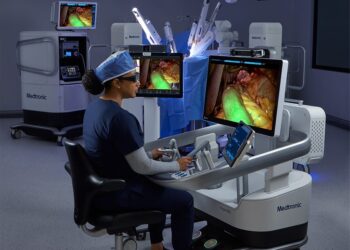### Mixture of Experts: The Quiet Revolution in Large Language Models
The AI world has been dominated by a simple, powerful mantra: scale is all you need. For years, the path to more capable models seemed to be a straightforward, albeit astronomically expensive, arms race. From GPT-2’s 1.5 billion parameters to models now cresting a trillion, the industry has operated on the assumption that bigger is unequivocally better. This “dense model” approach, where every single parameter is engaged for every single computation, has yielded incredible results. But it has also led us to a computational cliff’s edge.
The cost of training and running these monolithic behemoths is staggering, both financially and environmentally. Inference latency becomes a real-world bottleneck. We’ve been building ever-larger hammers to crack ever-larger nuts. The question we must ask is: are we building smarter, or just bigger?
This is where a more elegant, efficient architecture is staging a quiet takeover: the **Mixture of Experts (MoE)**.
—
### The Anatomy of an MoE Model
To understand why MoE is so significant, we first need to appreciate the inefficiency of its dense counterpart.
Imagine a single, genius polymath who is an expert in everything: poetry, quantum physics, Python code, and 14th-century history. When you ask them a simple question about how to bake a cake, they are forced to access and process their *entire* knowledge base—from Shakespeare to string theory—just to give you the recipe. This is a dense model. Every part of its massive neural network lights up for every token it processes. It’s powerful, but incredibly wasteful.
A Mixture of Experts model takes a different approach. Instead of one giant brain, it creates a committee of specialized, smaller “expert” networks.
1. **The Experts:** Each expert is a smaller feed-forward neural network, often pre-trained on different nuances of the data. One might become adept at understanding code, another at creative writing, and a third at logical reasoning.
2. **The Gating Network (or Router):** This is the crucial component. The gating network is a small neural network that acts as a traffic controller. When an input (a token or sequence of tokens) arrives, the router analyzes it and decides which one or two experts are best suited to handle the task.
The magic of MoE lies in **sparse activation**. Instead of activating the entire model, the router directs the input *only* to the chosen experts. For a model like Mixtral’s 8x7B, this means that for any given token, only two of the eight 7-billion-parameter experts are activated.
Let’s visualize the computational difference:
* **Dense Model (e.g., 175B parameters):**
`output = full_network(input)`
*Computational Cost: ~175B FLOPs per token*
* **MoE Model (e.g., 8 experts of 22B each, for a total of 176B):**
`relevant_experts = router(input) // picks top 2`
`output = combine(relevant_experts, input)`
*Computational Cost: ~44B FLOPs per token*
You get the knowledge of a 176-billion parameter model but with the inference speed and cost of a much smaller 44-billion parameter model. This is a game-changer for efficiency, enabling us to train models with trillions of parameters while keeping inference costs manageable.
### The Trade-Offs and The Future
Of course, this elegance doesn’t come for free. MoE models introduce their own set of engineering challenges.
* **VRAM Footprint:** During inference, all the experts must be loaded into high-bandwidth memory (VRAM), even if only a few are used at a time. This means an MoE model with a large total parameter count still requires substantial hardware, even if its computational load is low.
* **Training Complexity:** Training MoE is a delicate balancing act. A key challenge is “load balancing”—ensuring the gating network distributes tasks evenly and doesn’t develop a preference for a few “favorite” experts, leaving others to atrophy. Sophisticated loss functions are required to encourage router diversity.
Despite these hurdles, the path forward is clear. The brute-force scaling of dense models is unsustainable. Mixture of Experts represents a paradigm shift from monolithic intelligence to a more modular, composable, and efficient form of AI. It proves that the future of AI isn’t just about the sheer number of parameters, but about how intelligently we activate them.
As we refine routing algorithms and co-design hardware to better handle sparse workloads, we will unlock a new generation of AI that is not only more powerful but also more accessible and sustainable. The era of the monolithic model is ending; the age of the expert committee has begun.
This post is based on the original article at https://www.technologyreview.com/2025/08/22/1122315/i-gave-police-access-to-my-dna/.






















